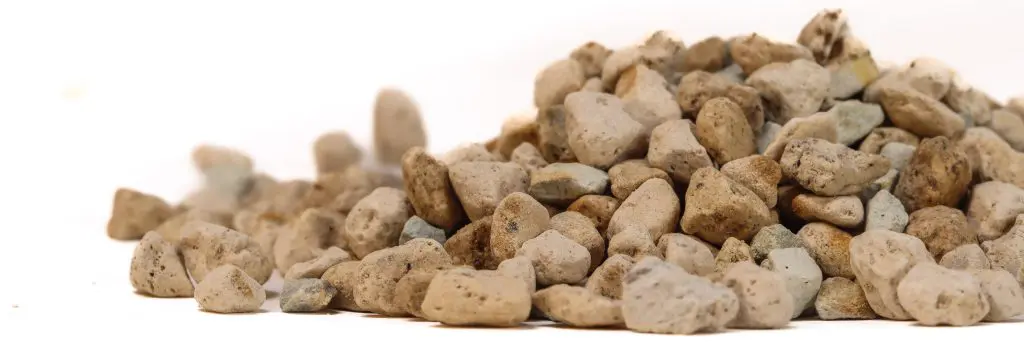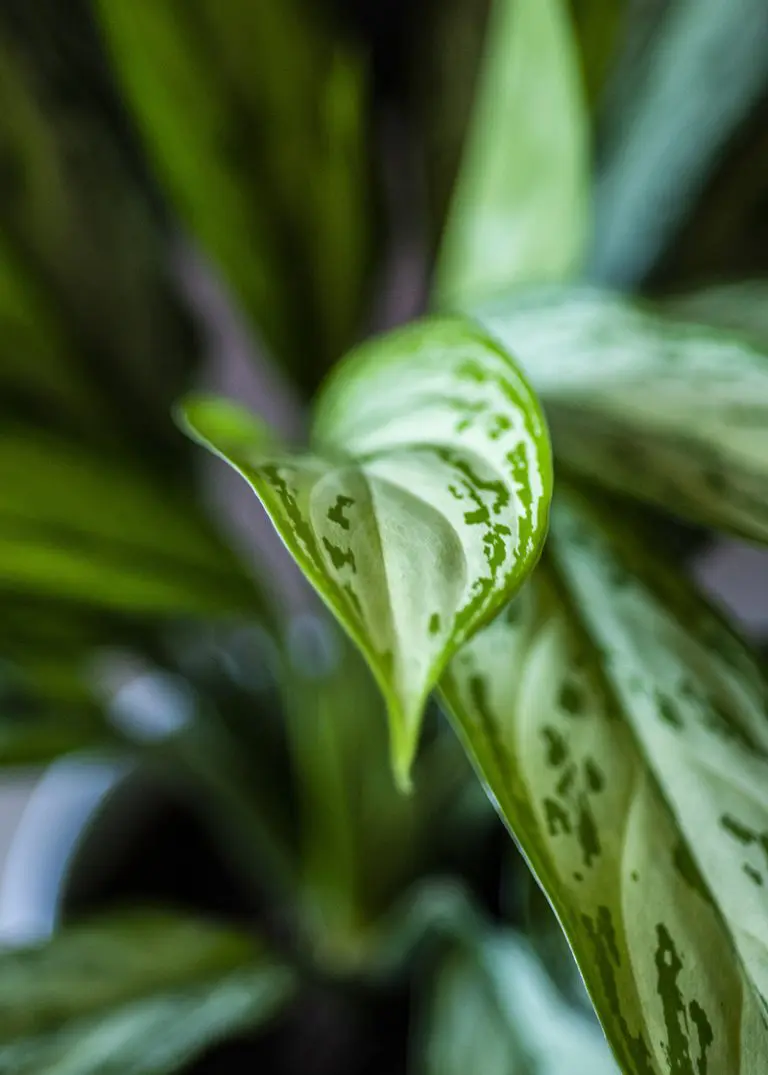





Devil’s Ivy (also called Scindapsus or Golden Pothos) is a hardy, easy-care houseplant that can be grown as a climber or as a trailing plant.
Latin name
Epipremnum aureum
Pronunciation
(ep-EE-prem-num-or-EE-um)
Common name
Devil’s Ivy, Golden Pothos,
Origin
Society Islands
Originating in the humid tropics but tolerant of drier indoor conditions, it copes with all but the darkest spots in a home.
This species, which resembles Philodendron scandens, has large, glossy, ovate-cordate leaves arranged alternately along its stems. Many cultivars, such as ‘Marble Queen’, show striking variegation, while some modern selections produce exceptionally large leaves that look impressive when trained up a moss pole. Smaller plants work well in hanging baskets or placed high up so the foliage can cascade down.
Devil’s Ivy produces adventitious roots along its stems to cling to supports. In the wild it can climb to 12 m and occasionally produces small arum-like flowers, though these are not seen on indoor plants.
The name Epipremnum means “upon the trunk,” referring to its climbing habit, and aureum points to its golden colouration, which is why it is also widely called Golden Pothos.
Did you know?
Devil’s Ivy is mildly to moderately toxic to pets and children if chewed or eaten, as it contains insoluble calcium oxalate crystals that can cause irritation of the mouth and stomach.
caring for your plant

Light
Tolerates all but the darkest of conditions.

Watering
Despite its origins in the humid tropics, this plant is quite tolerant of drier conditions. The occasional misting with tepid water is also beneficial

Pruning
The tips of the stems can be removed to encourage more bushy growth

Feeding
Add dilute fertilizer to the water every time you water the plant

pest & diseases
Mealybugs can be a problem, so keep an eye open for them and remove when they are seen
Where the Devil's Ivy originates from

This species originates in the Society Islands, but has spread to far beyond its small island home.
Our plants are grown in Ecoponic, an alternative to soil. Officially known as a vulkaponic substrate, it replaces traditional compost with a clean, mineral-based medium that helps protect peatlands.
According to the IUCN UK Peatland Programme, “A loss of only 5% of UK peatland carbon would be equal to the UK’s annual greenhouse gas emissions.” As well as storing carbon, the natural wetlands where peat is found are critical to the survival of plants and wildlife. Ecoponic also improves plant health and uses water more efficiently.
Find out more about Ecoponic here.


Buy one of my cousins from the nursery
Did you know?
Plantopedia is brought to you as part of our Engage & Bloom workplace experience program.
explore more
Why not continue your journey through the plant world. Explore more plants, their stories, habitats and the benefits they bring to spaces.


































